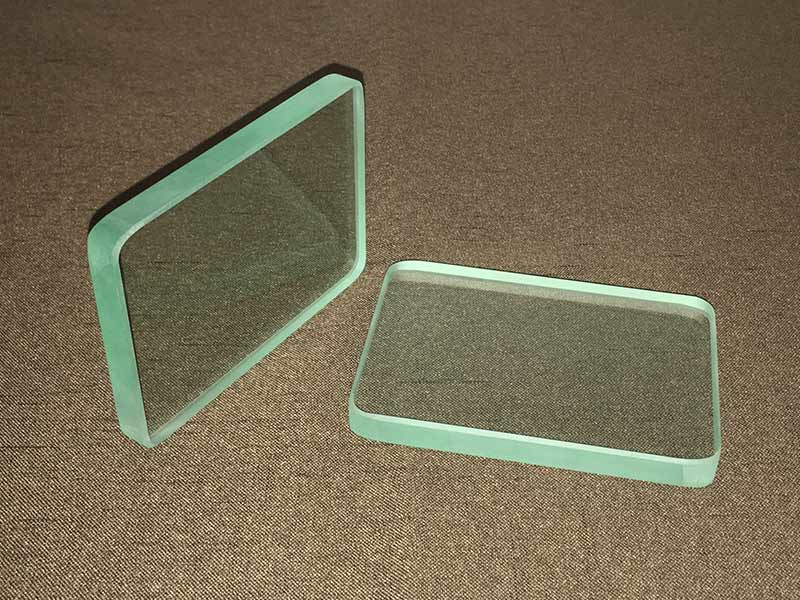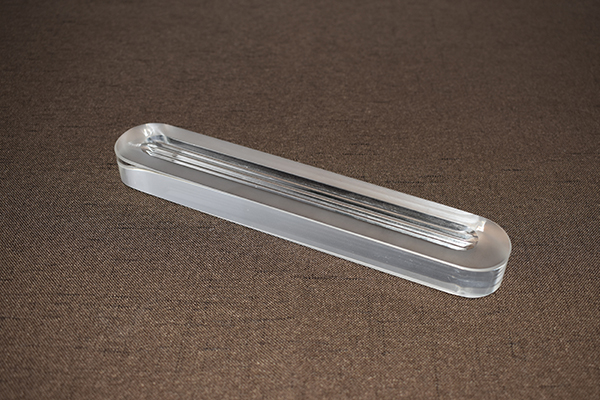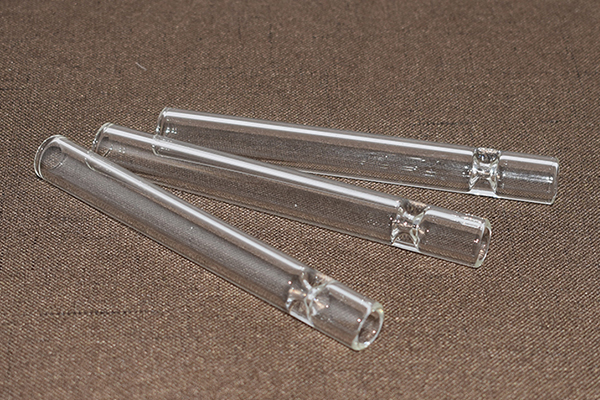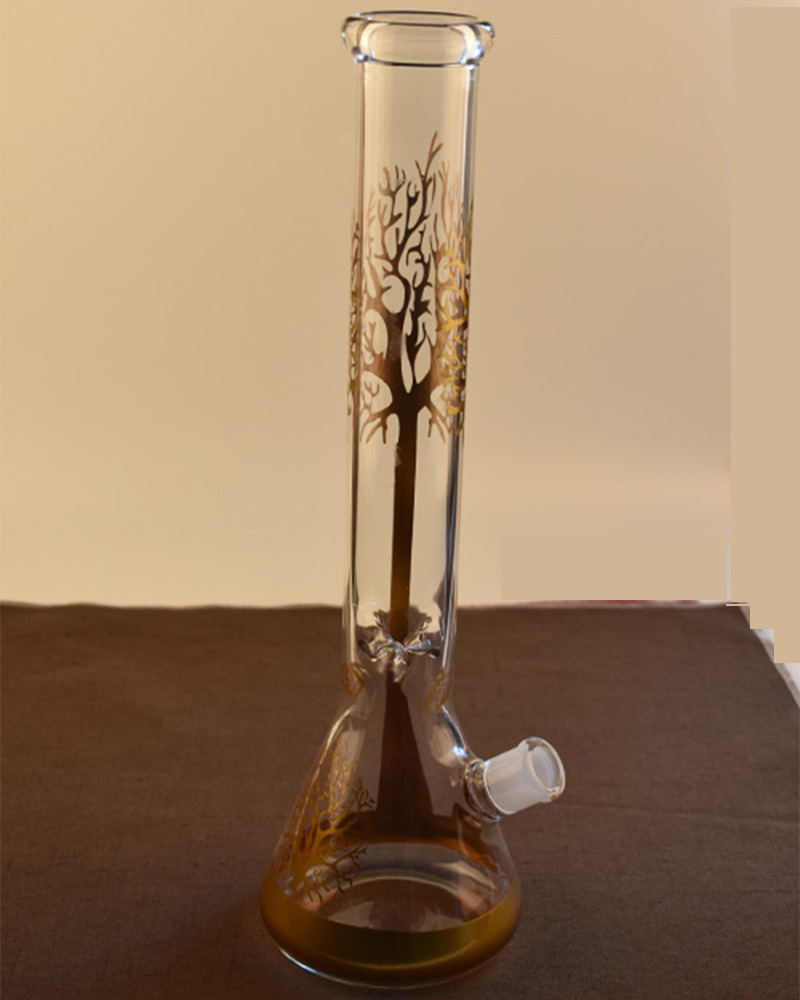News Detail
Temperature change and stress formation process of tempered glass sight glass during heating and quenching
Borosilicate tempered glass sight glass
The tempered glass sight glass is heated to close to the softening temperature (at this time in a viscous flow state)-this temperature range is called the tempering temperature range (620 ℃-640 ℃), kept for a certain period of time, and then quenched The following briefly describes the temperature change and stress formation process of the tempered glass sight glass during heating and quenching.
The tempered glass sight glass is heated to close to the softening temperature (at this time in a viscous flow state)-this temperature range is called the tempering temperature range (620 ℃-640 ℃), kept for a certain period of time, and then quenched The following briefly describes the temperature change and stress formation process of the tempered glass sight glass during heating and quenching.
A. Start heating phase:
The glass mirror is heated in the tempering furnace from room temperature. Because the glass mirror is a poor conductor of heat, the temperature of the inner layer is low, and the temperature of the outer layer is high. The outer layer begins to expand, but the inner layer does not expand, so the outer layer expands at this time The suppressed surface of the inner layer produces temporary compressive stress, and the central layer is tensile stress. Due to the high compression resistance of the glass sight glass, the glass sight lens does not break even though it is heated rapidly.
Note: It can be understood from here that as soon as the glass sight glass enters the furnace, due to the temperature difference between the inner and outer layers of the glass sight glass, the stress of the inner and outer layers of the glass sight glass is caused. Therefore, the thick glass sight glass should be heated slowly and the temperature is lower, otherwise it will be caused by the inside and outside. The temperature difference caused the glass sight glass to break in the furnace.
B. Continue heating stage:
The glass mirror continues to be heated, and the temperature difference between the inner and outer layers of the glass mirror decreases, when the inner and outer layers reach the tempering temperature.
C. Start the quenching phase (1.5-2 seconds before the start of blowing)
The glass visual lens enters the air grille from the tempering furnace to blow, the surface layer temperature drops below the center temperature, the surface begins to shrink, but the center layer does not shrink, so the shrinkage of the surface layer is inhibited by the center layer, and the surface layer is subject to temporary tensile stress. The layer forms compressive stress.
D. Continue the quenching stage:
The inner and outer layers of the glass mirror are further quenched. The surface layer of the glass mirror has hardened (the temperature has dropped below 500°C) and stops shrinking. At this time, the inner layer also begins to cool and shrink, and the hardened surface layer suppresses the inner layer The shrinkage results in compressive stress in the surface layer and tensile stress in the inner layer.
E. Continue to chill (within 12 seconds)
The temperature of the inner and outer layers of the glass mirror is further reduced. The inner glass mirror drops to about 500°C at this time, and the shrinkage accelerates. At this stage, the compressive stress of the outer layer and the tensile stress of the inner layer have basically formed, but the center layer is still relatively It is soft and has not been completely out of the viscous flow state, so it is not the ultimate stress state.
F. Tempering completed (within 20 seconds)
At this stage, the inner and outer glass mirrors are completely tempered, the temperature difference between the inner and outer layers is reduced, and the ultra-final stress of the tempered glass mirror is formed, that is, the outer surface is compressive stress, and the inner layer is tensile stress.

Welcome sending your inquiry:
Sales manager: Andy
Phone/WhatsApp: +8613569413718
Email: [email protected]
Skype: live:andypchao
Xinxiang Pan Chao Instruments Co., Ltd.
Address: Room 1502, Jing Ye Gong Yuan Guo Ji, Jin Sui road and New Second Street intersection, Xin Xiang city, Henan Province, China



